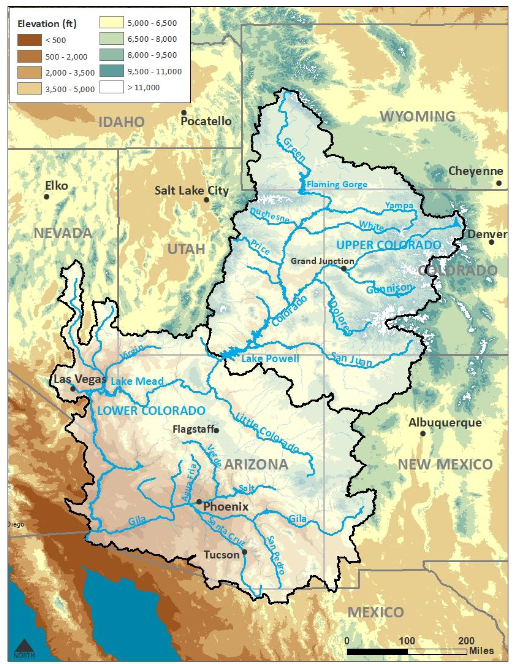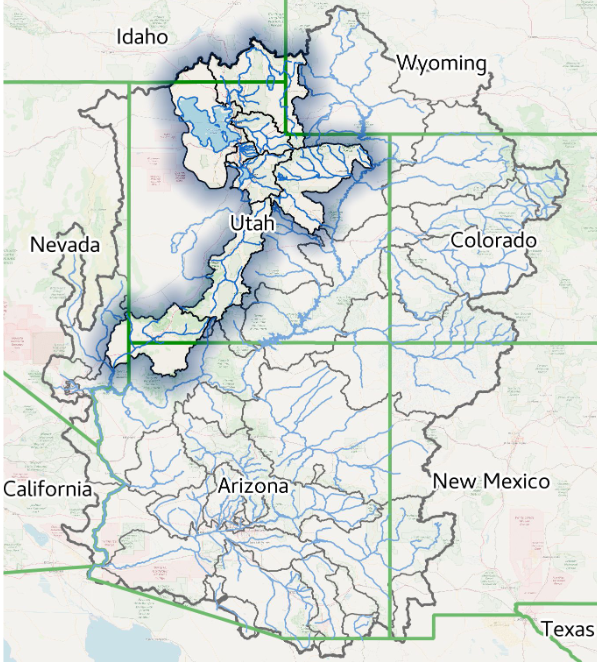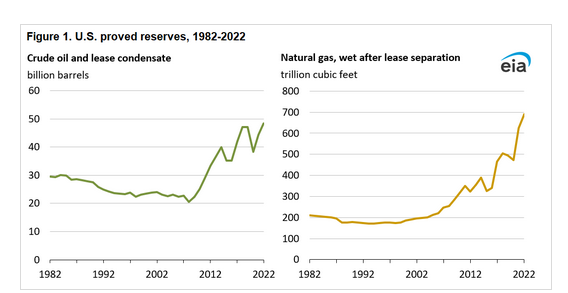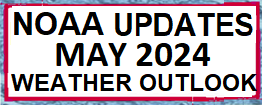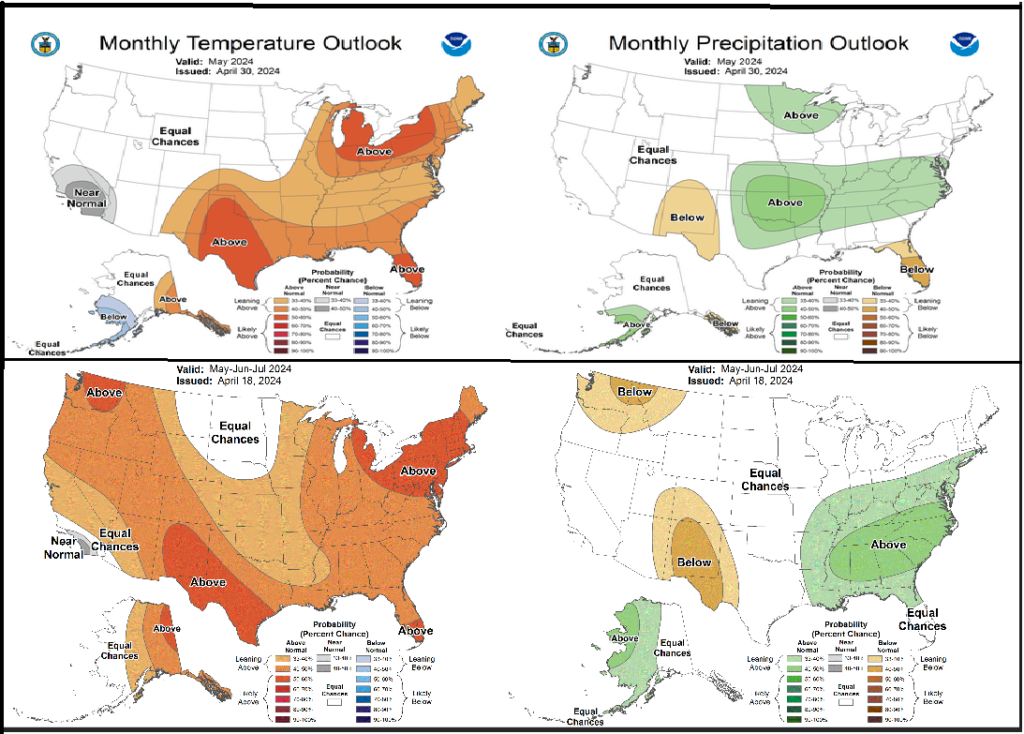Short Range Forecast Discussion
NWS Weather Prediction Center College Park MD
Mon May 06 2024
Valid 12Z Mon May 06 2024 – 12Z Wed May 08 2024
…There is a Moderate Risk of severe thunderstorms over parts of the
Central/Southern Plains on Monday and a Slight Risk across the Ohio Valley
on Tuesday…
…There is a Slight Risk of excessive rainfall over the Northern High
Plains and Central Plains/Middle Mississippi Valley on Monday…
…Heavy snow over the higher elevations from the Pacific Northwest to the
Northern/Central Rockies…
A front extending from the Northern Rockies/Northern High Plains to the
Southern Rockies will advance eastward to the Lower Great Lakes and
southwestward to the Middle Mississippi Valley by Wednesday. The deep
upper-level trough associated with the system will help produce heavy snow
over parts of the Northern/Central Rockies and the Uinta Mountains on
Monday.
Moreover, moisture from the Gulf of Mexico will stream northward over the
Pains on Monday and Tuesday. The system will produce showers and severe
thunderstorms as the boundary moves onto the Plains. Therefore, the SPC
has issued a Moderate Risk (level 4/5) of severe thunderstorms over parts
of the Central/Southern Plains through Tuesday morning. The hazards
associated with these thunderstorms are frequent lightning, severe
thunderstorm wind gusts, hail, and a few tornadoes. There will be the
added threat of EF2 to EF5 tornadoes, severe thunderstorm wind gusts of 65
knots or greater, and hail two inches or greater over the area.
Furthermore, the showers and thunderstorms will produce heavy rain over
parts of eastern Kansas/Nebraska, western Iowa/Missouri, and northeastern
Oklahoma as the front moves out of the Rockies onto the Plains. Therefore,
the WPC has issued a Slight Risk (level 2/4) of excessive rainfall over
parts of the Central/Southern Plains and Middle Mississippi Valley through
Tuesday morning. The associated heavy rain will create mainly localized
areas of flash flooding, with urban areas, roads, small streams, and
low-lying areas the most vulnerable.
In addition, the moisture over the Northern High Plains will aid in
creating showers and thunderstorms with heavy rain over parts of eastern
Montana and northeastern Wyoming. Therefore, the WPC has issued a Slight
Risk (level 2/4) of excessive rainfall over parts of the Northern High
Plains through Tuesday morning. The associated heavy rain will create
mainly localized areas of flash flooding, with urban areas, roads, small
streams, and low-lying areas the most vulnerable.
On Tuesday, as the cold front moves across the Ohio Valley, the boundary
will produce showers and severe thunderstorms over parts of Ohio, Indiana,
Kentucky, southeastern Illinois, southeastern Missouri, extreme
northeastern Arkansas, and a small portion of northern Tennessee.
Therefore, the SPC has issued a Slight Risk (level 2/5) of severe
thunderstorms over parts of the Ohio Valley and Middle/Lower Mississippi
Valley from Tuesday through Wednesday morning. The hazards associated
with these thunderstorms are frequent lightning, severe thunderstorm wind
gusts, hail, and a few tornadoes. There will be an additional threat of
hail two inches or greater over parts of the Ohio Valley.
Further, showers and thunderstorms will develop over parts of the Ohio
Valley, the Mid-Atlantic, the Southeast, and the Central Gulf Coast on
Monday and over parts of the Northeast and Southeast on Tuesday.
Meanwhile, another front onshore over the Pacific Northwest will move
eastward to the Northern Intermountain Region and into Central California
by late Monday afternoon. The northern half of the boundary will dissipate
by Tuesday morning, while the southern half moves southeastward to the
Southern Plains/Southern Rockies, linking up with the front and extending
westward over the Ohio Valley by Tuesday afternoon.
On Monday, rain and higher-elevation snow will develop over the Pacific
Northwest as the system moves onshore over the Northwest. The snow will be
heavy over the Southern Cascades. Snow will also develop over parts of the
Northern Intermountain Region Monday night.
On Tuesday, onshore flow will keep rain and higher-elevation snow over
parts of the Northwest. Furthermore, upper-level energy over the Northern
Rockies will aid in producing heavy snow over parts of the region.

